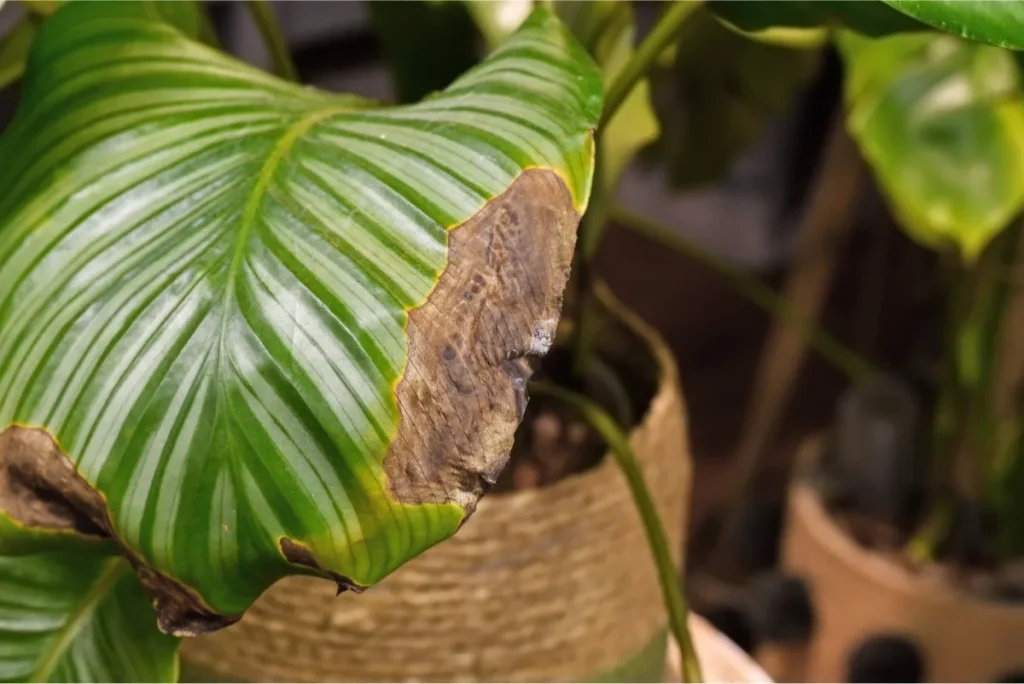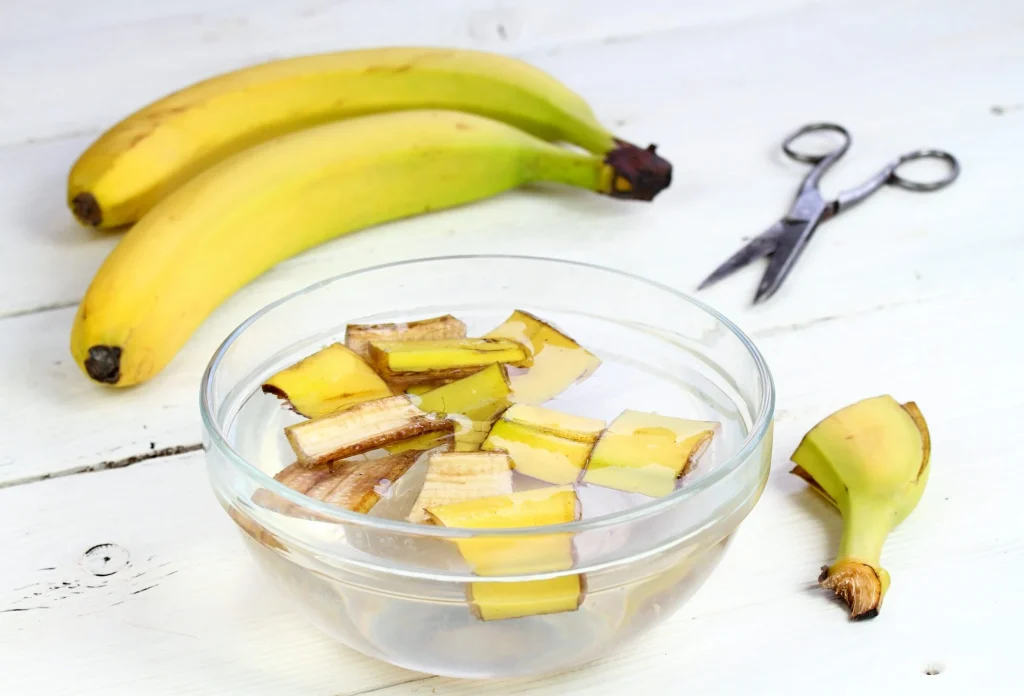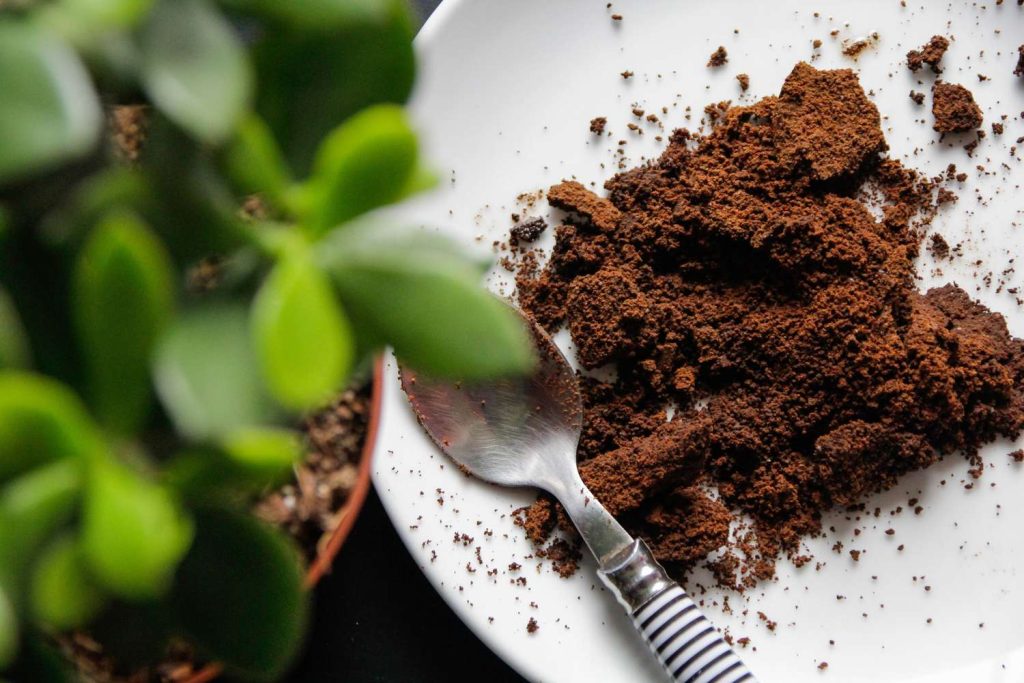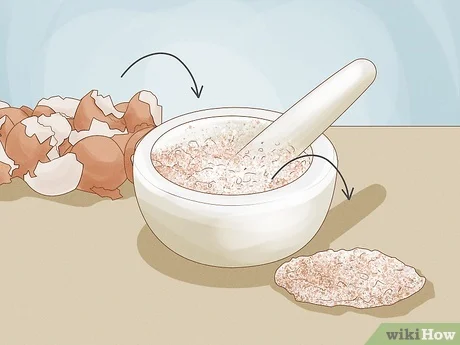Fertilizing indoor plants might sound like a tricky task, but it’s one of the easiest ways to keep your leafy companions healthy and thriving. Just like humans need food for energy, plants need nutrients to grow, bloom, and fight off problems. While chemical fertilizers might seem like a quick fix, they can harm your plants, the environment, and even your family or pets. That’s why natural fertilizers are the way to go—they’re safe, effective, and surprisingly easy to make at home.
As someone deeply passionate about indoor gardening, I’ve seen how small changes, like switching to natural fertilizers, can make a huge difference in plant health. Whether you’re a newbie plant parent or a seasoned green thumb, understanding how to nourish your plants naturally will not only save you money but also help you create a sustainable and eco-friendly indoor garden.
In this guide, I’ll walk you through everything you need to know about fertilizing indoor plants naturally—why it’s essential, how to spot when your plants need extra nutrients, and the best natural options you can use. By the end, you’ll have all the tools you need to grow happy, healthy plants without relying on harsh chemicals. So, let’s get started!
Why Do Indoor Plants Need Fertilizers?
Indoor plants rely entirely on their potting soil for nutrients, but over time, that soil becomes depleted. Unlike outdoor plants, they don’t benefit from natural nutrient sources like rain or decaying organic matter. Without replenishment, plants can show signs of nutrient deficiency, such as stunted growth, yellowing leaves, or reduced flowering.
Fertilizing provides the essential nutrients your plants need to thrive. Natural fertilizers, in particular, feed the soil, creating a healthy foundation for long-term growth. By understanding this, you’re setting your plants up for success—and a vibrant, flourishing indoor garden!
Signs Your Indoor Plants Need Fertilizers
Your plants show clear signs when they’re low on nutrients. Here’s what to look for:
1. Yellowing Leaves: Older leaves turning yellow often indicate a nitrogen deficiency.
2. Stunted Growth: Slow or smaller-than-usual growth suggests a lack of nutrients.
3. Weak or Leggy Stems: Thin, stretched stems are a sign your plant needs more support.
4. Poor Flowering: Fewer or smaller blooms point to a phosphorus shortage.
5. Pale or Dull Foliage: Light-colored or lifeless leaves often mean magnesium or iron is missing.

Recognizing these signs early helps you give your plants the nutrients they need to stay healthy and vibrant.
Best Natural Fertilizers for Indoor Plants
When it comes to nourishing your indoor plants naturally, there’s a treasure trove of options that are both effective and easy to use. Here are some of the best natural fertilizers that’ll give your plants the nutrients they need to thrive:
Banana Peels
Banana peels are rich in potassium and phosphorus—key nutrients for strong roots and vibrant flowers. Simply chop the peel into small pieces and bury it in the soil or soak it in water to create a liquid Banana peel fertilizer.

Eggshells
Crushed eggshell fertilizer is a fantastic source of calcium, which helps strengthen plant cell walls. Scatter them on the soil surface or grind them into a fine powder for quicker absorption.
Coffee Grounds
Used coffee grounds as fertilizer provide nitrogen and improve soil texture. Add them sparingly to avoid making the soil too acidic, especially for plants that prefer neutral pH levels.
Compost
Homemade compost is the ultimate natural fertilizer. It’s packed with organic matter and essential nutrients, making it a one-stop solution for overall plant health.
Fish Tank Water
If you have an aquarium, don’t throw away the water during cleaning. It’s full of beneficial nutrients like nitrogen and phosphorus that your plants will love.
Epsom Salt
A pinch of Epsom salt dissolved in water can supply magnesium and sulfur—essential for photosynthesis and vibrant green leaves.
Molasses
Adding a small amount of molasses to water feeds beneficial microbes in the soil, creating a thriving ecosystem for your plants.
Using these natural fertilizers not only keeps your plants healthy but also aligns with sustainable gardening practices. As someone who has explored these options extensively, I can assure you that incorporating these into your routine will transform your indoor garden into a lush, thriving oasis.
How to Apply Natural Fertilizers to Indoor Plants
Applying natural fertilizers is all about timing, technique, and understanding your plant’s needs. Here’s how to do it right to get the most out of your efforts:
1. Know Your Plant’s Schedule
Fertilize during the growing season—typically spring and summer—when your plants are actively absorbing nutrients. Avoid fertilizing during dormancy (fall and winter) as plants won’t use the extra nutrients.
2. Start with Small Amounts
Natural fertilizers are gentle, but over-fertilizing can still stress your plants. Start with small doses, and gradually increase if needed. Less is more when it comes to feeding indoor plants.
3. Apply Evenly to the Soil
Spread fertilizers like compost, coffee grounds, or eggshells evenly across the soil surface. For liquids like banana peel water or fish tank water, pour gently around the base of the plant to ensure the roots can absorb the nutrients.
4. Mix into the Soil for Better Absorption
For solid fertilizers, lightly mix them into the topsoil. This not only helps with nutrient distribution but also prevents buildup on the soil surface.
5. Water After Fertilizing
Always water your plants after applying fertilizers. This helps the nutrients seep into the soil, making them more accessible to the roots.
6. Observe Your Plants
Pay attention to how your plants respond. If you notice vibrant growth and healthy leaves, you’re on the right track. Adjust the frequency and amount as needed based on their performance.

By applying fertilizers correctly, you’re giving your plants the best chance to thrive. As an experienced indoor gardener, I’ve found that consistency and observation are key to ensuring your plants get just the right amount of care. A little effort goes a long way in creating a lush and thriving indoor garden!
Mistakes to Avoid When Fertilizing Indoor Plants
Even with the best intentions, it’s easy to make mistakes when fertilizing indoor plants. Avoiding these common errors will ensure your plants stay healthy and happy:
1. Over-Fertilizing
More fertilizer doesn’t mean more growth. Over-fertilizing can lead to salt buildup in the soil, burning roots, and stunting growth. Always stick to recommended amounts and fertilize sparingly.
2. Fertilizing Dormant Plants
During their resting phase in fall and winter, plants don’t need extra nutrients. Fertilizing during this time can stress them and harm their natural growth cycle.
3. Ignoring the Soil Condition
Before fertilizing, check your soil. If it’s compacted or poorly drained, nutrients won’t reach the roots effectively. Loosen the soil and ensure it’s well-aerated.
4. Using the Wrong Fertilizer
Not all natural fertilizers suit every plant. For example, coffee grounds are great for acid-loving plants but can harm those that prefer neutral soil. Tailor your fertilizer choice to your plant’s specific needs.
5. Applying Fertilizer Directly to Leaves
Fertilizers should be applied to the soil, not the leaves, unless specified otherwise. Direct contact with leaves can cause damage or discoloration.
6. Neglecting to Observe Plant Responses
Plants communicate through their growth and appearance. If leaves yellow or growth slows after fertilizing, you may need to adjust your approach. Monitor your plants closely and adapt as needed.

Benefits of Using Natural Fertilizers for Indoor Plants
Switching to natural fertilizers isn’t just good for your plants—it’s a win-win for your home, the environment, and your peace of mind. Here’s why going natural is the smart choice:
1. Safe for Your Home Environment
Natural fertilizers are non-toxic, making them safe for children and pets. Unlike chemical fertilizers, there’s no risk of harmful fumes or residue, ensuring a healthier indoor environment.
2. Gentle on Plants
Natural fertilizers release nutrients slowly, giving your plants steady nourishment without the risk of root burn or nutrient overload. This means healthier, more sustainable growth.
3. Cost-Effective and Readily Available
Many natural fertilizers, like banana peels or eggshells, are free and come straight from your kitchen. You save money while reducing waste—talk about a win for your wallet and the planet!
4. Improves Soil Quality
Unlike synthetic options, natural fertilizers enrich the soil with organic matter. Over time, this enhances soil structure, promotes microbial activity, and creates a healthier foundation for your plants.
5. Eco-Friendly
Using natural fertilizers reduces the demand for chemical-based products that harm the environment. You’re contributing to a greener planet while keeping your plants thriving.
6. Promotes Long-Term Plant Health
Natural fertilizers don’t just feed your plants—they build their resilience. Plants grown with organic nutrients are often stronger, more vibrant, and less susceptible to pests and diseases.
By choosing natural fertilizers, you’re not just caring for your plants; you’re embracing a sustainable, holistic approach to gardening. From my experience, once you switch to natural methods, you’ll see the difference—not just in your plants, but in the joy of knowing you’re nurturing them the right way.
Final Thoughts
Fertilizing indoor plants naturally is more than just a gardening practice—it’s a way to nurture your plants while being kind to the environment and your home. By understanding your plant’s needs and using natural, kitchen-friendly options like banana peels, coffee grounds, and eggshells, you can create a thriving indoor garden without relying on synthetic chemicals.
Remember, it’s not just about feeding your plants but also about building a healthy, long-term ecosystem. With patience and consistency, your plants will reward you with vibrant growth and lush greenery.
Whether you’re a beginner or a seasoned plant parent, embracing natural fertilizers is a small change that makes a big difference. Start today, experiment with the tips shared here, and enjoy the satisfaction of seeing your indoor jungle flourish. Gardening isn’t just a hobby—it’s a journey, and natural fertilization is the expert-approved path to success.
So, grab those banana peels and coffee grounds, and let your indoor garden thrive naturally!

